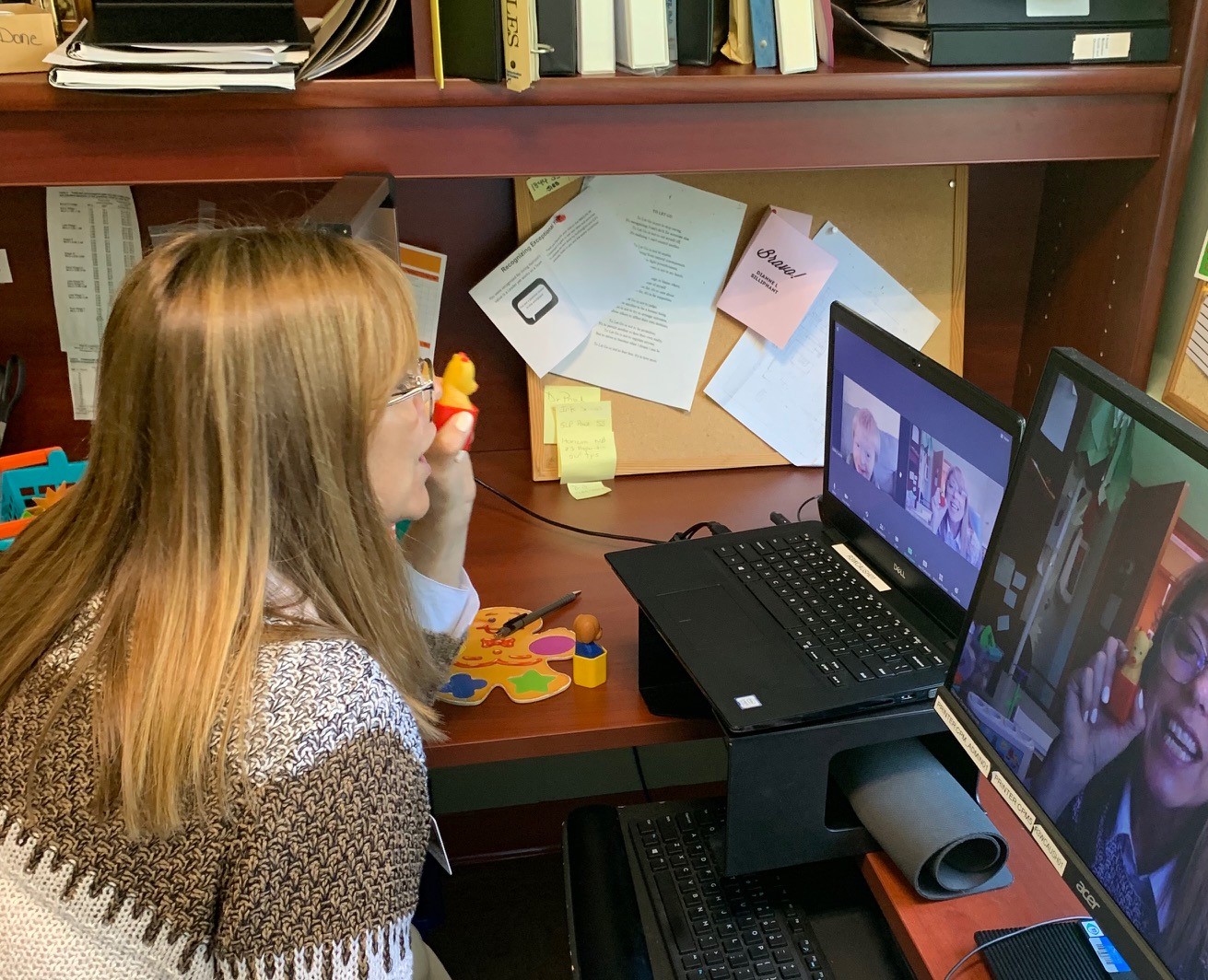Public School Rankings That May Surprise You

Education has always been considered the bedrock of a strong society, shaping not only individuals but also the future of entire nations. When families search for quality education, many instinctively think of elite private academies or prestigious international schools. Yet, an emerging reality is reshaping this assumption—public school rankings are revealing surprising results that place certain public institutions on par with, or even above, their private counterparts.
The Rise of Public Schools in Global Rankings
Across the world, public school rankings are shifting. What once was considered a secondary choice for many families has now become a prime contender. From North America to Europe and Asia, government-funded schools are earning recognition for academic rigor, extracurricular excellence, and advanced facilities.
This transformation is not accidental. Public schools, backed by government investment, are benefiting from improved infrastructure, digital resources, and innovative teaching methodologies. Rankings highlight schools that excel in standardized testing, STEM education, arts programs, and inclusive practices that rival even the most expensive private institutions.
Why Public School Rankings Matter
For parents, students, and policymakers, public school rankings serve as more than a scorecard. They influence decisions on residential areas, property values, and long-term educational planning. Rankings reveal which schools are fostering environments of innovation, diversity, and student achievement.
They also shed light on systemic inequalities. In some countries, public schools in affluent districts consistently outperform those in underfunded regions. Rankings help identify gaps and areas requiring policy intervention to ensure equitable access to high-quality education.
Surprising Success Stories
Several public schools have defied expectations and achieved remarkable recognition. For instance, magnet and charter schools in the United States frequently top public school rankings due to their specialized curricula and selective admissions. Similarly, in countries like Finland and Singapore, public schools dominate national and international assessments, often outperforming private schools.
These success stories demonstrate that excellence does not always come with a high tuition fee. Dedicated teachers, innovative leadership, and strong community support can elevate a public school into the top tiers of academic achievement.
Factors That Influence Rankings
Public school rankings are determined by various factors, each offering a different perspective on educational quality:
- Academic Performance – Standardized test scores and graduation rates weigh heavily in determining a school’s position.
- Teacher Quality – Teacher-to-student ratios, qualifications, and professional development opportunities directly impact rankings.
- Student Diversity – Inclusive environments that encourage collaboration among different social, cultural, and economic groups often receive higher recognition.
- Facilities and Resources – Access to libraries, laboratories, arts programs, and athletic facilities contribute to overall school performance.
- Post-Graduation Success – Schools that prepare students for higher education and careers gain credibility in rankings.
The Debate Around Rankings
Despite their influence, public school rankings are not without controversy. Critics argue that overemphasis on test scores neglects holistic development. Others contend that rankings often reflect socioeconomic advantages rather than pure institutional quality.
Moreover, public schools serving marginalized communities can be unfairly penalized in rankings despite offering invaluable support systems to their students. This has led some experts to advocate for broader metrics that include social-emotional learning, creativity, and community engagement.
What Families Should Consider
When evaluating public school rankings, families should look beyond the numbers. Rankings provide a useful starting point, but they do not capture every aspect of a student’s experience. Visiting schools, speaking with teachers, and understanding extracurricular offerings are crucial steps in making an informed decision.
Parents should also consider their child’s unique learning style. A school that ranks highly for STEM may not be ideal for a student passionate about arts or humanities. Personal fit often outweighs statistical superiority.
The Future of Public Schools
The trajectory of public school rankings indicates a growing parity between public and private institutions. With greater emphasis on innovation, inclusivity, and adaptability, public schools are emerging as global leaders in education. Digital integration, experiential learning, and partnerships with local industries are further enhancing their appeal.
As governments continue to invest in education, the gap between public and private schools may narrow further, making quality education more accessible to students regardless of their background. The future may well see public schools setting the benchmark for excellence worldwide.
The narrative around education is evolving. Public school rankings prove that excellence is not confined to elite private institutions. From cutting-edge technology to inspired teaching, public schools are rewriting expectations and delivering impressive results.
For families making educational choices, the message is clear: do not underestimate the power of a strong public school system. What was once overlooked is now leading the way in shaping the next generation of thinkers, creators, and leaders.
Would you like me to also create a meta description for this article so it’s ready for SEO use?




